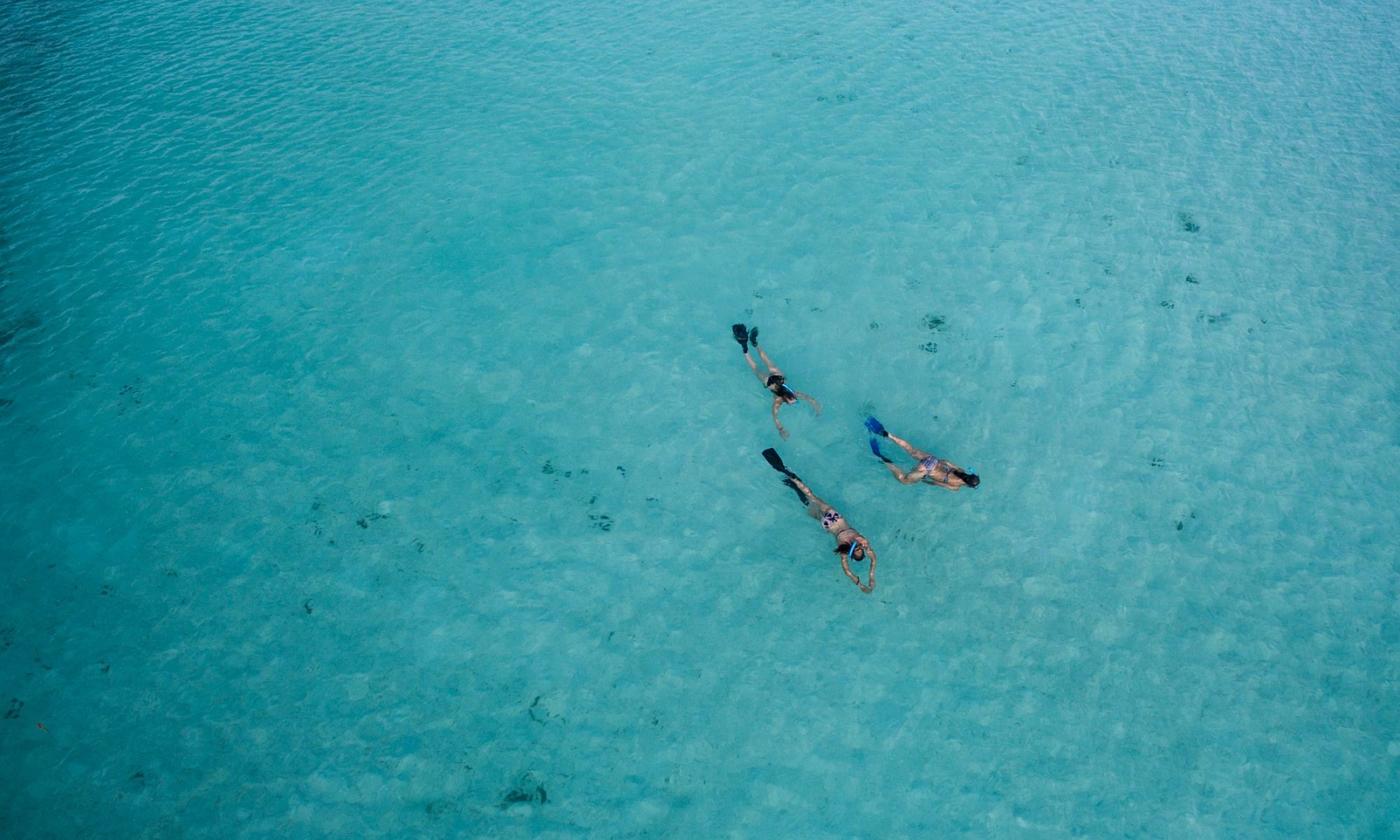Beautiful Carnac Island WA is a 19-hectare A Class nature reserve surrounded by pristine turquoise waters about 10km South-West of Fremantle WA.
From abandoned whaling stations, to prison escapes and mystery snake infestations, the Island has a rich and unusual history.
In the language of the Whadjuk Noongar people, Carnac Island is known as Ngooloormayup, “place of the little brother.” French explorer Louis de Freycinet named the island “Bald Island” upon his discovery in 1803.
James Stirling changed the name to Pulo Carnac Island in 1827 in honour of the second lieutenant on his ship. “Pulo” is Malay for Island, so “Island Carnac Island” soon became known as Carnac Island.
But that wasn’t the end of the identity crisis’ that feature in Carnac Island WA’s history.
From 1836 to 1837, Carnac was utilised as a whaling station (OH NO!) Perth’s first church was transported to the Island to act as a storehouse. Within a few years, it was abandoned (oh good!).
What else to do with an abandoned whaling station than declare it a prison for indigenous Australians? The Swan River Colony, colonial government did just that. Three prisoners Yagan, Danmera and Ningina were banished to the island with three soldiers. Within one month the soldiers (who were less than impressed by the solitary and poor conditions on the Island) helped the prisoners escape via a stolen government stores boat.
The Island then spent some time as a quarantine station before being taken over by the Australian Federal Government in 1916 for defence purposes.
Carnac Island is now a Department of Parks and Wildlife Nature Reserve, which is home to a curious Tiger Snake Colony. It is estimated there are approximately 400 of the deadly snakes thriving on the island. Which is a key reason few people choose to venture further onto the island from the beach or water.
It’s unknown exactly how the tiger snake colony came to be. A popular theory is that tiger snake collector Lindsay “Rocky” dumped the creatures on the island in 1929 after snake exhibitions were banned in WA following the death of his wife by snakebite.
There is no fresh water on Carnac Island, so it’s interesting how the wildlife has adapted to the inhospitable environment.
So interesting in fact, that in Nov 2006 Sir David Attenborough visited the island as part of a reptile documentary to discuss the ‘blindness’ of many of the islands snakes. Reportedly caused by birds pecking at their eyes to defend their chicks, Carnac Island is the only place where this has been observed.
If that isn’t unique enough, the island is home to the Australian Sea Lion, which is the rarest Sea Lion species in the world. It is also a favourite spot for beautiful bottlenose dolphins and New Zealand fur seals. The Island is an important bird area which supports several nesting seabirds and a large colony of the sweet and vulnerable fairy wren.
The Island’s spectacular waters are enjoyed today by boatie’s looking to moor for a fun day of swimming, snorkelling and diving in the sheltered bays and spectacular surrounds.

